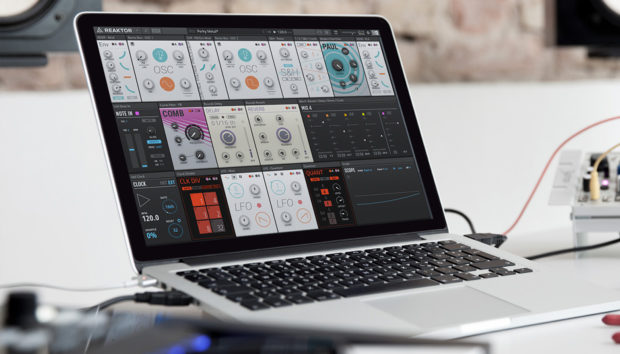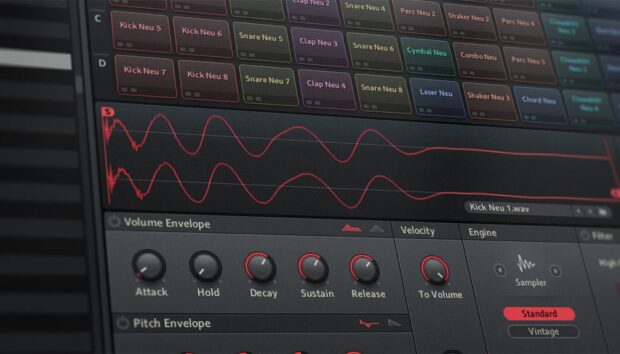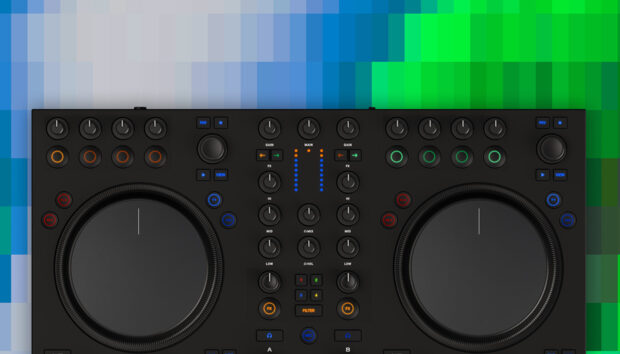Hi-hats don’t always get the credit they deserve, but N2N makes a solid case for why they’re one of the most important pieces of a groove and with releases on top labels like Mau5trap, Insomniac, and Where The Heart Is, it’s safe to say that he knows his stuff when it comes to this topic specifically.
For him, they’re the glue between the drums and bassline, holding the track together and setting the overall energy. With tools like Transient Master, N2N dials in exactly what he needs – whether that’s adding sharpness to make hi-hats cut through or smoothing out harsh transients so they sit better in the mix.
What we love about his approach is treating transient shaping as more than just a technical adjustment. It’s a creative tool. Even if your hi-hats sound decent, experimenting with transient shaping can completely change how they feel in the track, and N2N shared exactly why, how and when you should be thinking about transients in a layer with as much energetic potential as your hi-hats.
Jump to these sections:
- The role of hi-hats in the groove
- Overlooked aspects of transients
- Simplicity vs. complex dynamic controllers
- Genres that thrive on transients
- Common mistakes new producers make with transients
- Why transient shapers are always worth trying
Small tweaks to the attack and sustain can tap into a different bounce or clarity, especially in denser mixes. For N2N, it’s all about those subtle changes that help every element land exactly where it should.
Try these transient shaping tips with Transient Master, the secret spice in your mix.
What role do hi-hats play in defining the groove of a track, and how can transient shapers improve their impact?
Hi-hats are crucial for defining the rhythm and groove of a track. They provide the “texture” and “feel” of the beat, and can act as the metronomic backbone that marries the drums to the other elements of the track (most notably the bassline for me).

The hi-hat’s timing, dynamics, and tonal characteristics can make a groove bounce, swing, feel energetic, or laid-back.
A transient with a hi-hat refers to the initial, sharp attack sound produced when the hi-hat cymbals first strike each other or when a stick hits a single hi-hat cymbal.
Transient shapers like Transient Master can enhance the impact of hi-hats by:
- Boosting the attack: This adds sharpness and clarity, making the hi-hats cut through the mix and feel more present.
- Taming the attack: If the hi-hats are too harsh or piercing, reducing the attack can smooth them out and make them sit better in the mix.
- Adjusting the sustain: Increasing the sustain can make closed hi-hats feel fuller and more resonant, while reducing it can tighten them up and prevent them from clashing with other elements.
If you take a look at the screenshots provided throughout this chat, you’ll see how easy Transient Master’s UI is, even for beginner producers. Taming the attack helps when you like to layer multiple hi hats on top of each other, especially when a few of those layers have sharp attack. It creates a better blend and a more lush mix that’s full, not piercing. If your hats aren’t providing the punch you want, boost the attack and you’ll hear them cut through more sharply.
See the provided audio examples below for a Transient Master at work with a shaker. You’ll hear the stark difference between a reduced and boosted attack.
Lastly, the sustain, for all intents and purposes, allows you to adjust the “length” of the hat/shaker.
So a tighter, shorter shaker will have less sustain, and visa versa.
Why do you think transient control is often overlooked when producers are working on their hi-hats?
Transient control often gets overlooked in production because it doesn’t scream for attention the way other elements do. Producers tend to focus on kick drums, snares, and basslines since those are the heavy hitters that dominate a mix. Hi-hats, on the other hand, often sit in the background, and their subtle transient details don’t feel as immediately important – especially when you’re focused on the bigger, more obvious elements of the track.
Another factor is that transient shaping isn’t always on a beginner’s radar. For someone just starting out, understanding how to sculpt the attack or sustain of a hi-hat might feel less intuitive compared to something like EQ or compression. And honestly, the rise of sample platforms like Splice or LoopCloud have made it even easier to skip over this step.
Many hi-hat samples are pre-processed to sound polished right out of the gate, which can make tweaking them seem unnecessary. But dialing in those transient details can completely transform the groove and feel of a track, even if it’s not immediately obvious.
How would you compare the simplicity of Transient Master to more complex dynamics processors for beginners?
Transient Master is one of the most beginner-friendly tools out there, especially compared to more complex dynamics processors like multiband compressors or full-featured EQs.
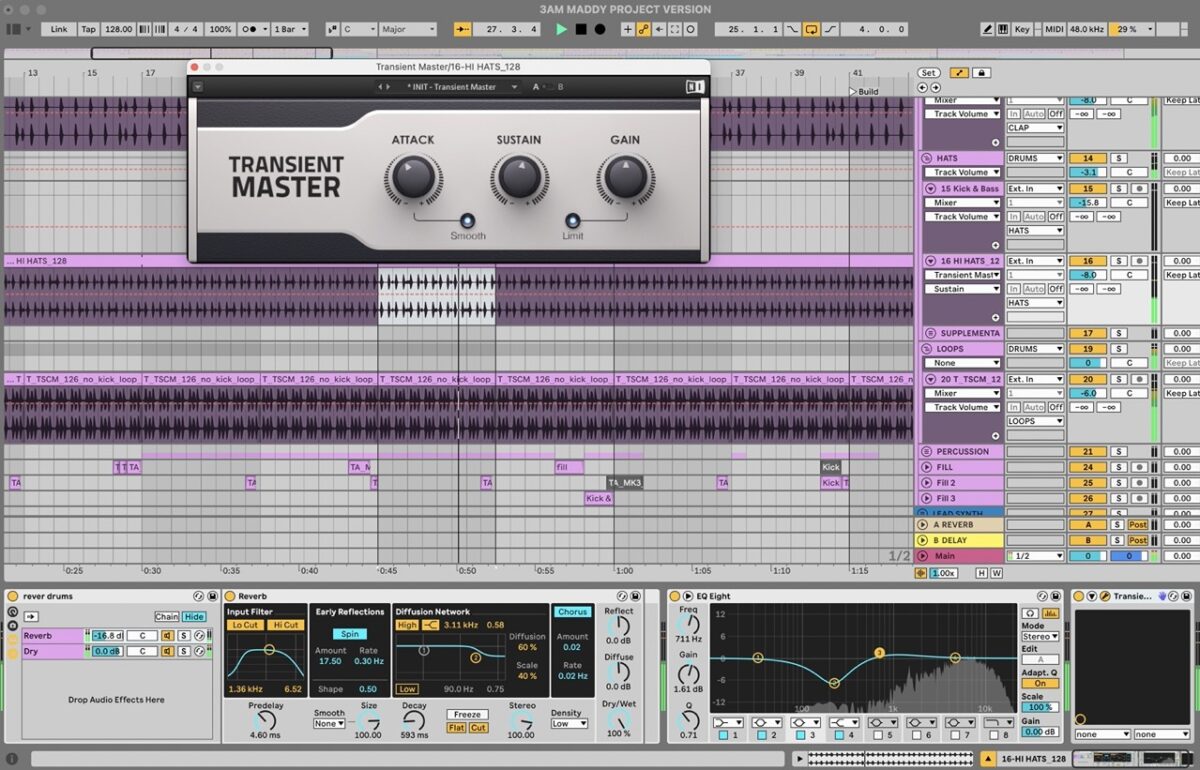
Its simplicity is what sets it apart – just two knobs (Attack and Sustain) and a Mode switch make it incredibly easy to understand and use, even if you’re just starting out. Instead of getting bogged down with too many parameters, you can focus entirely on shaping transients and see results right away.
What’s great is how quickly it delivers noticeable changes with minimal effort.
Unlike compressors, which require a solid understanding of thresholds, ratios, and attack/release settings, Transient Master is designed to be intuitive and musical. It does one job really well, which means beginners don’t have to worry about endless tweaking or getting overwhelmed by unnecessary options. It’s a perfect tool for learning how transient shaping can impact your mix.
Are there specific musical genres where you’ve found Transient Master particularly useful for hi-hats?
I’m a house guy at heart, but Transient Master is one of those tools that works across genres, no matter what you’re producing. In Hip-Hop and Trap, it’s perfect for dialing in that signature “snap” you hear in those rapid-fire 32nd-note hi-hat fills. It adds precision and energy without overcomplicating the process.
For house music and techno music, tight and controlled hi-hats are essential to maintaining groove and momentum, and Transient Master makes it easy to keep them clean and focused in the mix. Even in pop and R&B, where hi-hats often need to blend seamlessly, it’s great for balancing their attack and sustain to get them sitting just right.
And for rock and metal, it’s a lifesaver for live-recorded hi-hats – whether you’re taming overly aggressive transients or adding a bit of punch to a dull recording. It’s versatile without feeling over-engineered.
What are the common mistakes producers make when using transient shapers on hi-hats, and how can they avoid them?
Common mistakes when using Transient Master often come down to overdoing it or losing sight of the bigger picture. Over-processing is a big one – boosting the attack too much can make hi-hats sound unnatural or overly harsh. To avoid this, subtlety is key.
Make small adjustments and always A/B compare with the plugin bypassed to ensure your changes are actually improving the sound.
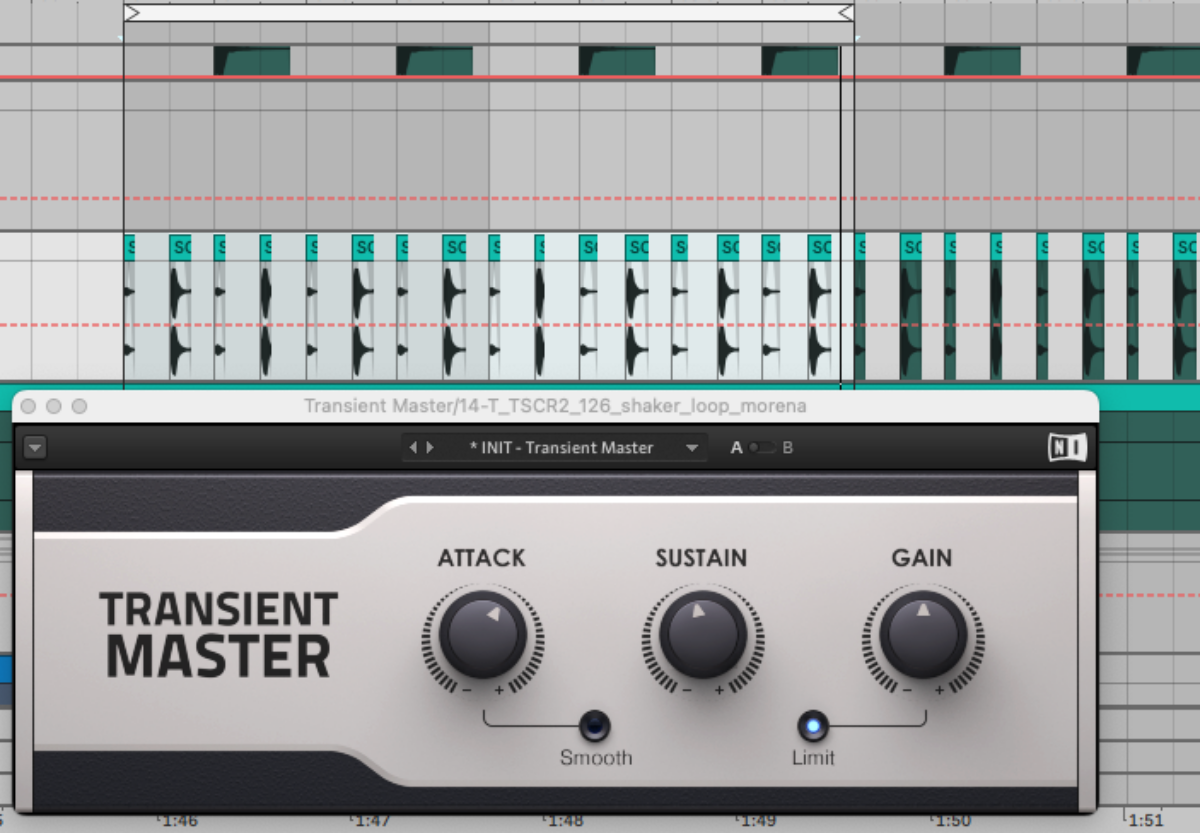
Another common issue is ignoring the mix context. Tweaking hi-hats in solo might make them sound great on their own, but once you bring them back into the full mix, they can end up clashing with other elements.
The solution here is simple: always process hi-hats while listening to the entire track. Beyond that, neglecting the Sustain control can lead to hi-hats that feel too thin or lack body. Balancing both attack and sustain is essential to getting the right feel.
Finally, using the wrong mode can trip you up. Transient Master’s Soft, Medium, and Hard modes determine how aggressively it processes the signal. For natural results, starting with Soft mode is usually the safest bet, only switching to Medium or Hard if you need more punch. Each mode brings its own character, so take the time to experiment and find what works best for your mix.
Finally, if a producer is happy with their hi-hats, why should they still experiment with a transient shaper like Transient Master?
Even if a producer feels their hi-hats are already in a good place, experimenting with a transient shaper like Transient Master can open up new possibilities.
Subtle adjustments can reveal a different groove or feel that might not have been considered, adding a fresh layer of character to the track. At the same time, transient shaping can improve mix clarity by helping hi-hats sit better in dense arrangements without clashing with other elements.
It’s also a great tool for sparking creativity. Tweaking the attack and sustain often leads to unexpected ideas or even new directions for the track. Beyond that, using a transient shaper can future-proof your mix. By processing hi-hats early on, they’ll be more adaptable to any changes you make later in the mix. Sometimes, it’s these small, intentional refinements that elevate a track from good to great, giving it that final layer of polish.
Start shaping the groove and tone of your hi-hats
At the end of the day, it’s the small tweaks that really define a track’s groove. For N2N, transient shaping isn’t just about fixing issues – it’s about finding opportunities to enhance energy, clarity, and feel. Tools like Transient Master make it easy to experiment and bring hi-hats to life, whether you’re sharpening the attack for more punch or tightening sustain to fit the mix better.
The best part?
It doesn’t take a ton of effort or overthinking. Subtle adjustments can completely shift how a track feels, opening up new creative directions you might not have considered. As N2N reminds us, even something as overlooked as hi-hats can make or break a groove when given the right attention.




